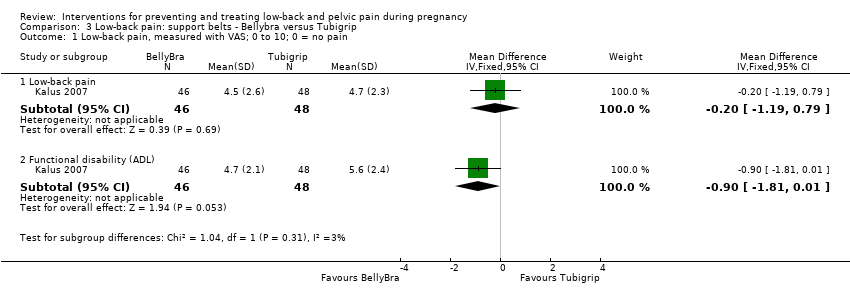Contenido relacionado
Revisiones y protocolos relacionados
Isabelle Marc, Narimane Toureche, Edzard Ernst, Ellen D Hodnett, Claudine Blanchet, Sylvie Dodin, Merlin M Njoya | 6 julio 2011
Emily Shepherd, Judith C Gomersall, Joanna Tieu, Shanshan Han, Caroline A Crowther, Philippa Middleton | 13 noviembre 2017
Sally M Reid, Philippa Middleton, Mary C Cossich, Caroline A Crowther, Emily Bain | 31 mayo 2013
Tina Lavender, Yana Richens, Stephen J Milan, Rebecca MD Smyth, Therese Dowswell | 18 julio 2013
Caroline Schneeberger, Suzanne E Geerlings, Philippa Middleton, Caroline A Crowther | 26 julio 2015
Emily WEM Phijffer, Odette de Bruin, Fariba Ahmadizar, Louis J Bont, Nicoline AT Van der Maas, Miriam CJM Sturkenboom, Joanne G Wildenbeest, Kitty WM Bloemenkamp | 2 mayo 2024
Joanna Tieu, Emily Shepherd, Philippa Middleton, Caroline A Crowther | 3 enero 2017
Rachel Earl, Caroline A Crowther, Philippa Middleton | 19 noviembre 2013
Benja Muktabhant, Theresa A Lawrie, Pisake Lumbiganon, Malinee Laopaiboon | 15 junio 2015
Bussarin Khianman, Porjai Pattanittum, Jadsada Thinkhamrop, Pisake Lumbiganon | 15 agosto 2012
Respuestas clínicas Cochrane
Juliana Ester Martin | 29 enero 2016

















